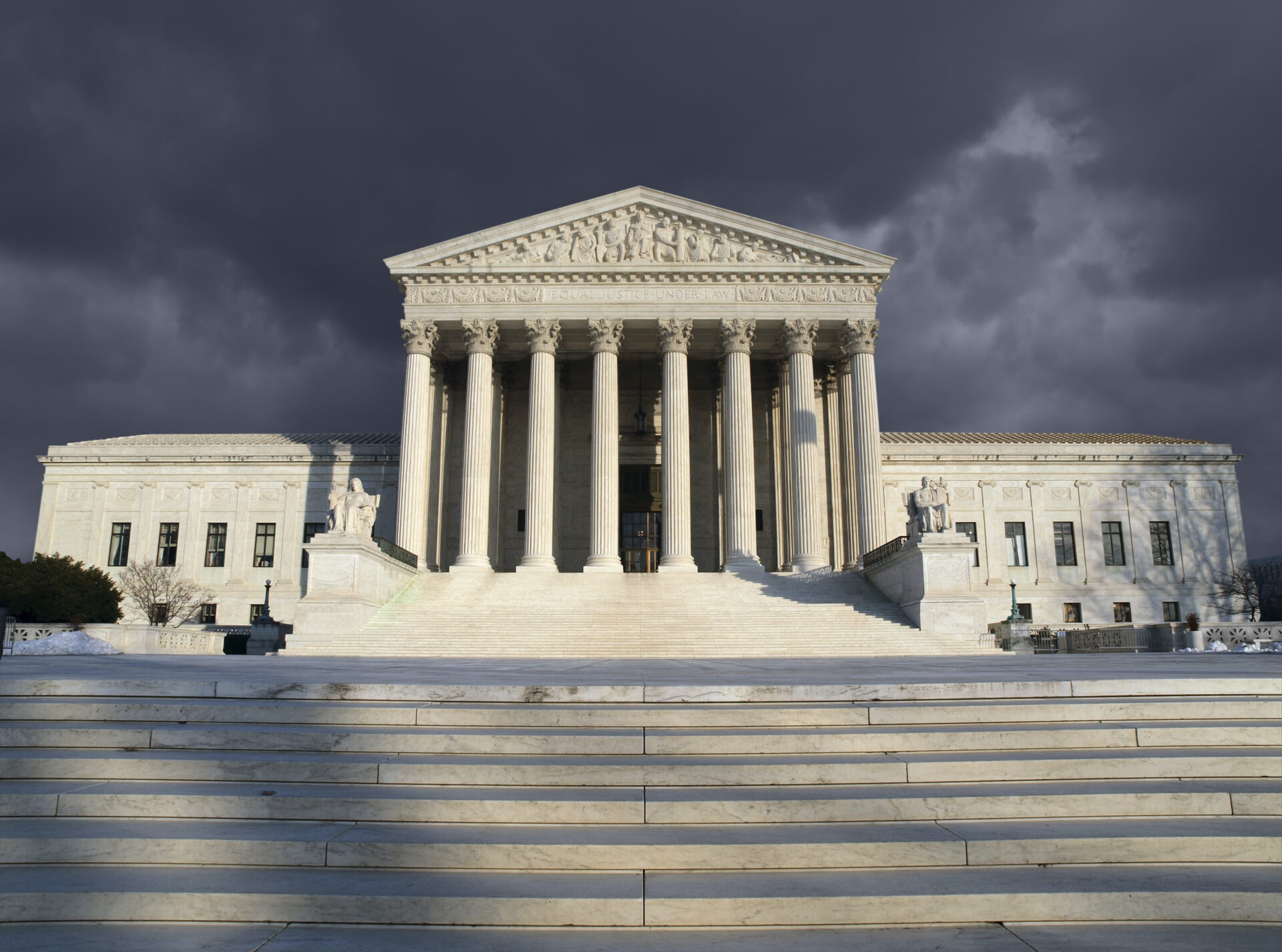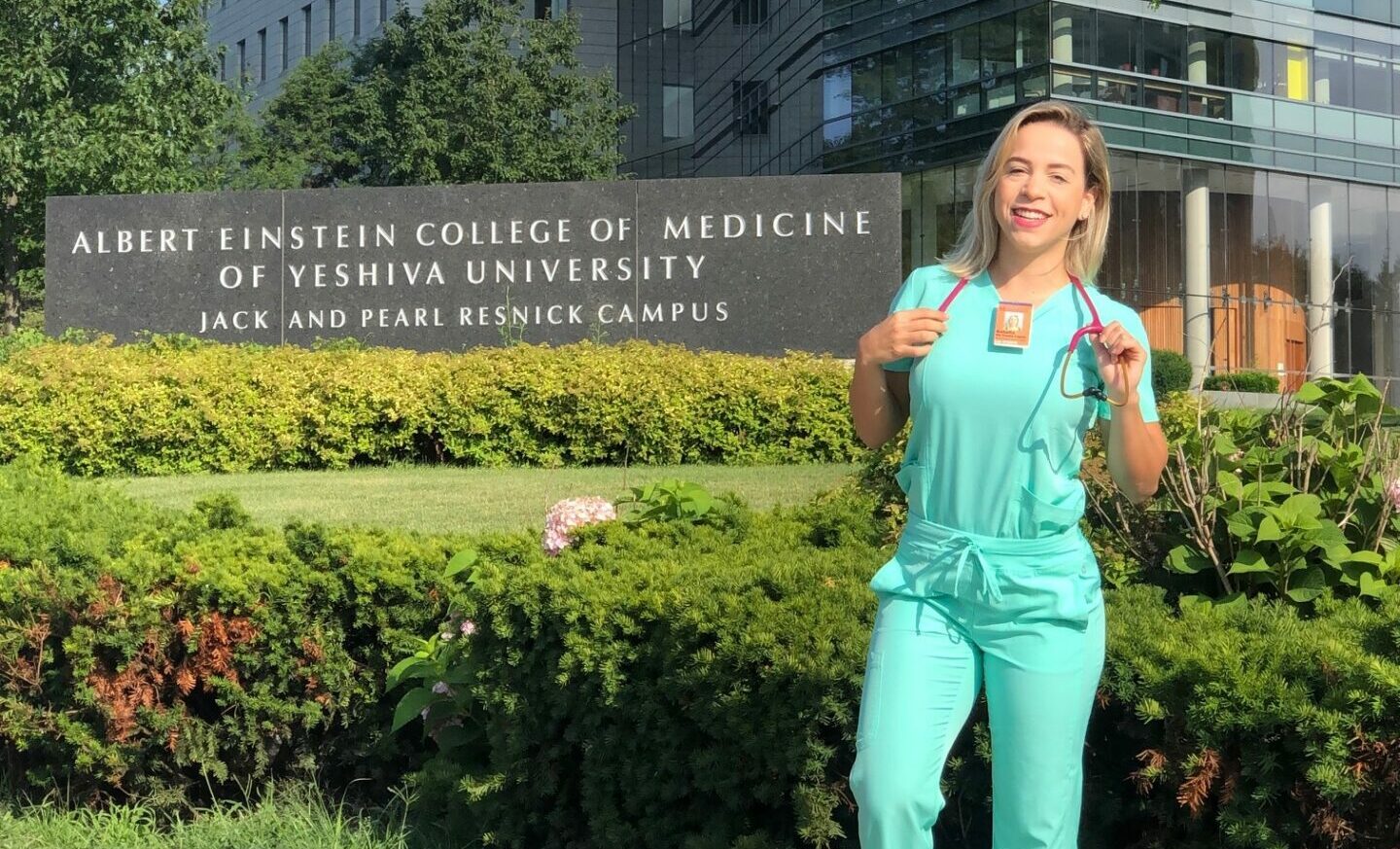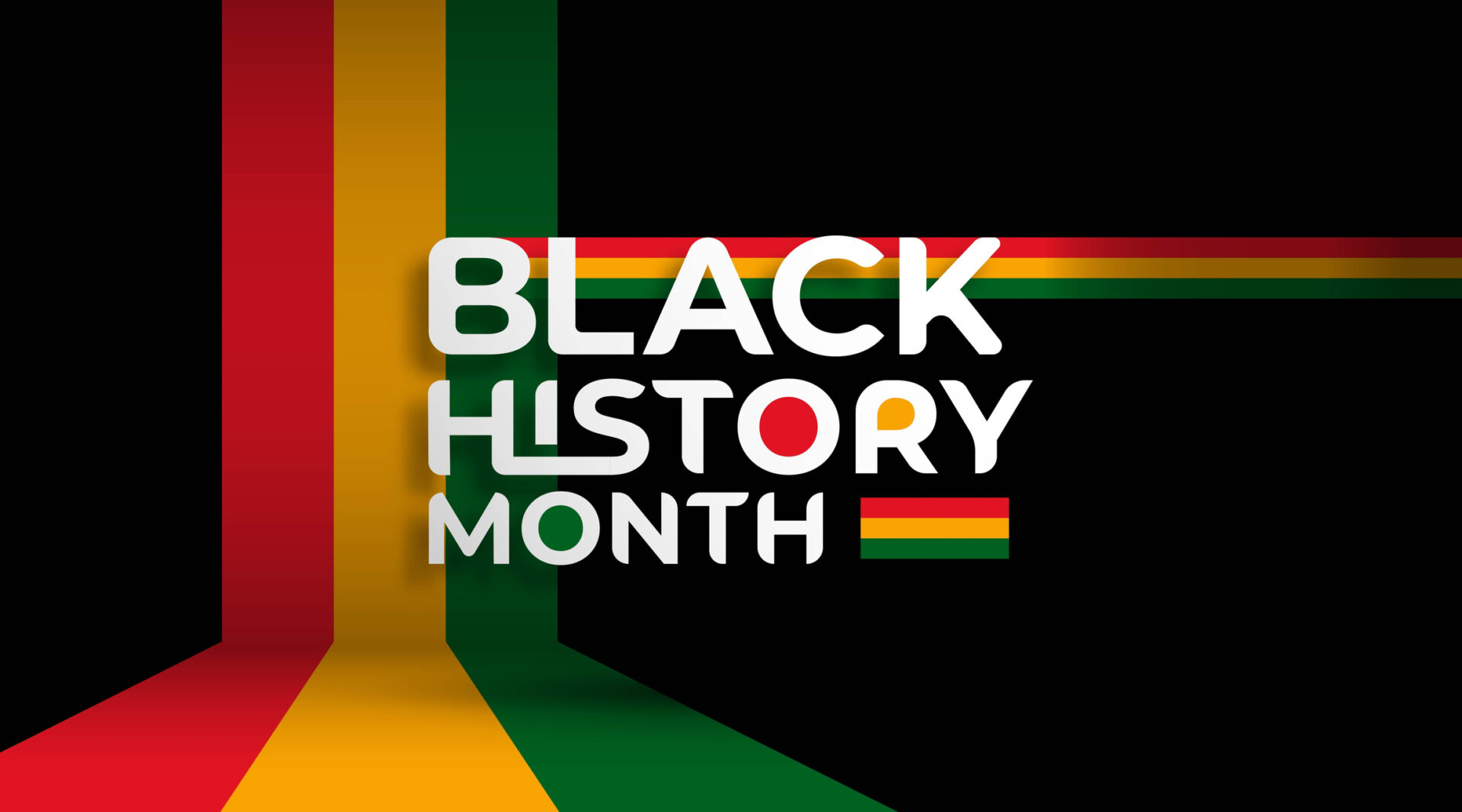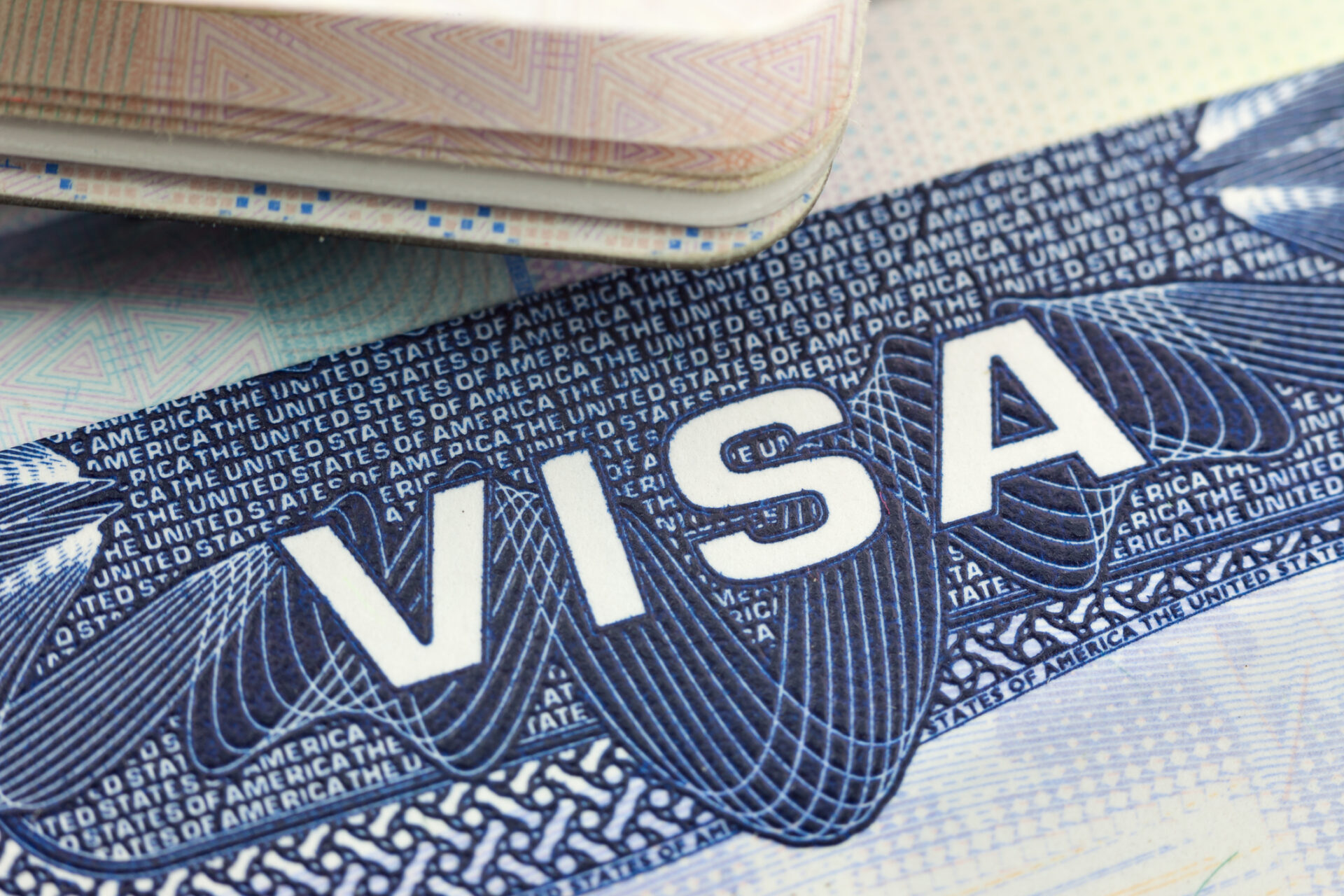On March 6, 1961, President John F. Kennedy signed Executive Order 10925, a bill that, in part, would lead to the creation of the Equal Employment Opportunity Commission. E.O. 10925 also mandated that federally funded projects must “take affirmative action” to keep their hiring processes free from racial bias. In the U.S., where civil rights activists had nearly a decade of increased activity around the country, E.O. 10925 foreshadowed the larger impact protests would have on reshaping civil rights at the federal level.
E.O. 10925 is also the first instance of the phrase “affirmative action” used in federal documents.
When he succeeded Kennedy, President Lyndon B. Johnson continued Kennedy’s work of creating equal opportunities for racial and gender minorities in spaces of education and employment. Johnson’s contributions to affirmative action culminated in signing Executive Order 11246 on September 24, 1965 which required federal contractors to implement measurable steps into their hiring processes that increased racial diversity. In 1967, this E.O. would be expanded to include gender.
Four months before signing E.O. 11246, Johnson gave a graduation speech at Howard Univesity, a historically black university in Washington D.C. and the alma mater of some of the most recognizable names in U.S. culture and politics: Ta-Nehisi Coates, Elijah Cummings, Toni Morrison, and Kamala Harris. During his speech, Johnson gave the clearest articulation to date of affirmative action’s purpose, saying:
“You do not wipe away the scars of centuries by saying: ‘now, you are free to go where you want, do as you desire, and choose the leaders you please.’ You do not take a man who for years has been hobbled by chains, liberate him, bring him to the starting line of a race, saying, ‘you are free to compete with all the others,’ and still justly believe you have been completely fair . . . This is the next and more profound stage of the battle for civil rights. We seek not just freedom but opportunity—not just legal equity but human ability—not just equality as a right and a theory, but equality as a fact and as a result.”
Throughout the rest of the 1960s and into the 1970s, affirmative action existed uninhibited, changing the way a generation of Americans would experience education and employment.
However, by 1978, affirmative action was challenged for the first time, finding itself the focal point of a Supreme Court case, California v. Bakke, that wrongfully warned of affirmative action leading to reverse discrimination–hiring practices at the cost of the racial majority. In this case, the Supreme Court ruled in favor of a white medical school applicant and claimed that affirmative action violated the Equal Protection Clause in the Fourteenth Amendment, a measure separate from Kennedy’s Equal Employment Opportunity Commission.
Not only would this decision open the door for a number of high-profile challenges to affirmative action throughout the 20th- and early 21st centuries, it would also be a precedent for last week’s Supreme Court decisions on Students for Fair Admissions v. Harvard University and Students for Fair Admissions v. University of North Carolina that prioritized a long-standing conservative social belief that misunderstands racial discrimination in the U.S. as harmful to white people.
The decisions are an end to affirmative action as the U.S. had known it.
Healthcare, Medical Education, and the End of Affirmative Action
Diversity’s impact on healthcare is no secret. From improved patient outcomes to better cultural competency throughout care, diverse physician workforces, administrative leaders, nursing teams, and more help not just improve community care but improves access to care.
According to 2021 AAMC data, 64 percent of U.S. physicians were white–a rate only slightly higher than the 58.9 percent of Americans per 2022 U.S. census estimates. However, for black and Hispanic Americans, who account for 13.6 percent and 19.1 percent of the U.S. population, physician rates are much lower. Black physicians account for just 5.7 percent of the U.S. physician workforce and Hispanic physicians just 6.9 percent. Whether race or gender, it research has proven that patients prefer a physician who looks like them. There are even improved health outcomes among patients of the racial minority who receive care from a physician of the same race. For two of the U.S.’ biggest minority populations, this means that finding their preferred physicians is not just less accessible but less likely than it is for white patients.
Beyond means of inclusion in employment and education institutions, affirmative action functions in the larger social sphere through instances like access to care, educators who share identities with their students, actors in movies, and beyond. Due in large part to affirmative action, the growth of black and Hispanic medical school matriculants for the 2022-2023 school year outpaced the medical school average. You can read the report from the AAMC here.
The end to affirmative action is an end to the momentum of the growth in minority matriculants into U.S. medical schools, which, in a few years time, will be noticed in the rate of black, Hispanic, Asian, and Native physicians entering the workforce.
A Growing International Base
There is a healthcare worker shortage in the United States. To help address it, efforts have grown over the past few decades to increase access for foreign-trained physicians to the U.S. workforce. Graduates of international medical schools now account for nearly 25 percent of the U.S. workforce, and they come from countries like India, Ghana, Japan, Pakistan, China, Brazil, and beyond. That is to say, most internationally-trained physicians are not white and European, but come from a wide network of countries and bring a spectrum of diverse identities to the U.S. healthcare system.
Even today, state-level bills, some even proposed by Republican lawmakers, recognize the untapped skills of non-practicing, internationally-trained healthcare workers already in the U.S. and aim to expand their access to jobs in the U.S. workforce. These efforts are not one of taking opportunity away from more qualified workers (as is the case often made against affirmative action) but filling a need with trained, qualified, and skilled healthcare workers.
Without affirmative action, the contributions of foreign-trained doctors to the U.S. healthcare workforce are as equally at risk as black, Hispanic, Native, and Asian physicians born and trained in the U.S. The Supreme Court’s decision to deem affirmative action an illegal practice is a decision contradictory to furthering the progress of civil rights. It is not a decision rooted in the principle of equity.
AMO condemns the U.S. Supreme Court’s decisions in Students for Fair Admissions v. Harvard University and Students for Fair Admissions v. University of North Carolina and will continue to work toward creating a healthcare system that is representative and inclusive for patients and physicians of all identities.







Leave A Comment